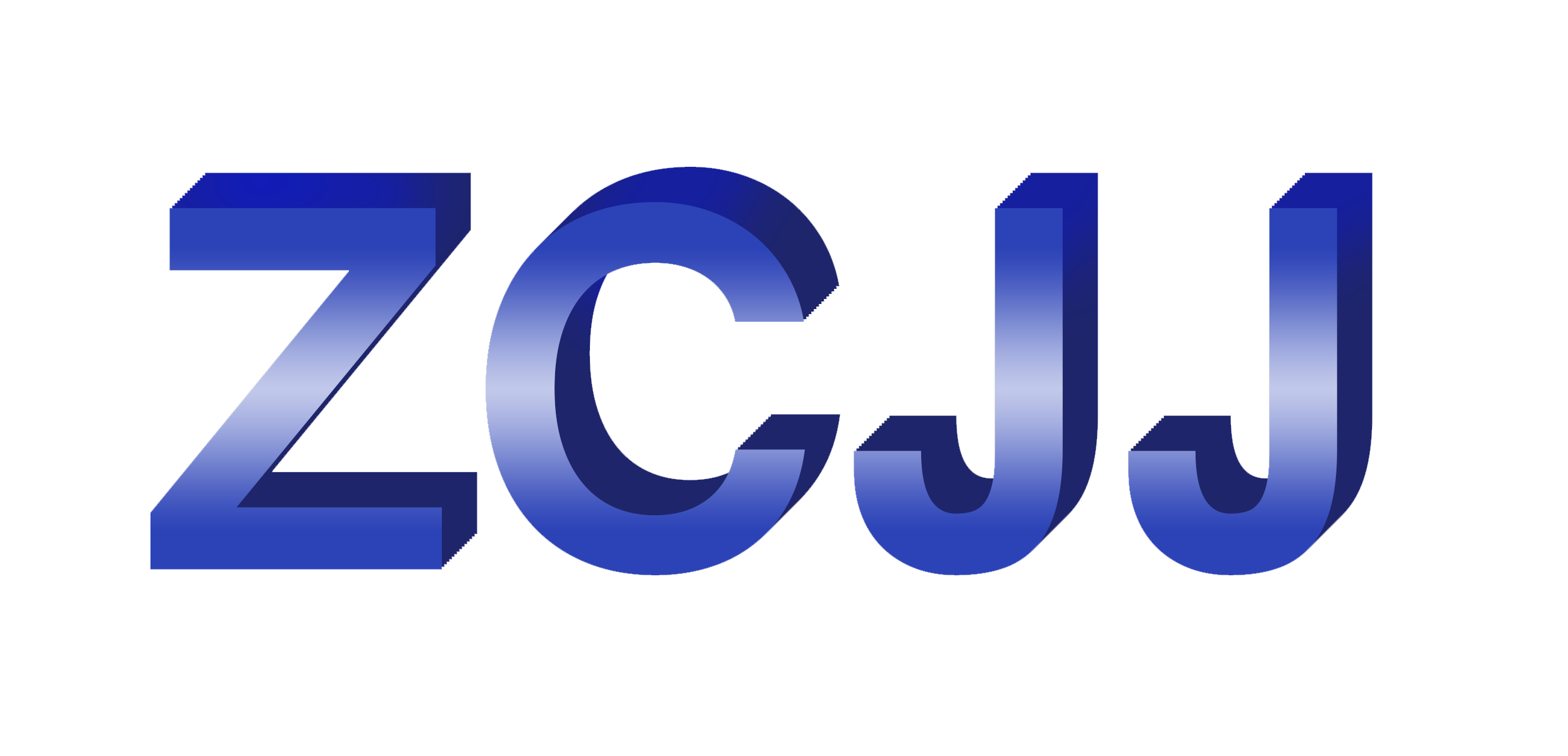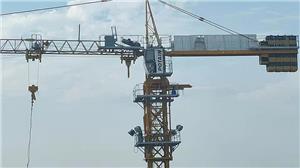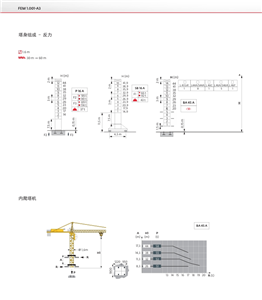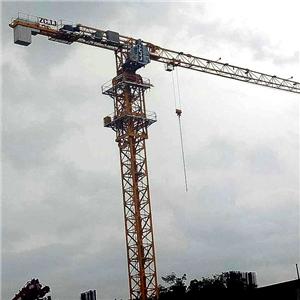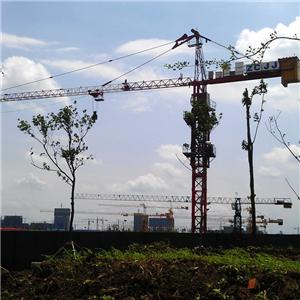L68A1 Mast SectionFault analysis, detection, maintenance and repair of hydraulic jacking system
The function of hydraulic jacking system of tower crane
http://www.towercranesupply.com/product/l68a1-mast-section-for-tower-crane-masts
The hydraulic jacking system of tower crane can increase or decrease the standard section by jacking and lowering the tower crane frame, so that the tower crane can increase or decrease with the change of building height, so as to meet the vertical transportation needs of buildings with different heights. The system is mainly composed of hydraulic pump station, hydraulic jacking oil cylinder, lock valve and high-pressure hose. During the jacking operation of tower crane, the system needs to bear more than 30 tons of weight of the upper structure of tower crane, and the working pressure of the system reaches more than 18 MPa, which belongs to high-pressure hydraulic system. The system has the advantages of small size, light weight, high specific power, stable operation, etc., but at the same time, it has the defects of low transmission efficiency, easy to produce faults and so on. Because the hydraulic jacking system of tower crane belongs to the pipeline circulation system with seal and pressure, the flow of oil in the pipeline, the movement of parts inside the hydraulic components and whether the seal is damaged are not easy to detect, so it is difficult to analyze the cause of the fault and judge the location of the fault.
Fault analysis of hydraulic jacking system of tower crane
Half of tower crane accidents are caused by improper handling after system failure. In order to avoid major equipment accidents, how to prevent hydraulic jacking system failure has become an urgent problem to be solved. Through the comprehensive statistics of the faults of the hydraulic jacking system, it is found that most of the system faults are sudden faults and wear faults, and the main cause of these faults is the pollution of the hydraulic oil.
The main causes of hydraulic oil pollution are water, dust and air mixed in the use and maintenance of hydraulic oil; impurities such as metal chips and sand left in the system in the manufacturing process of hydraulic components; metal abrasive produced by wear of hydraulic components in use and rust produced by oil tank.
http://www.towercranesupply.com/product/l68a1-mast-section-for-tower-crane-masts
The hydraulic jacking system is a closed circulation system. After the hydraulic oil is polluted, when it passes through the gear pump, the hard granular dirt will increase the wear of the relative sliding parts. The metal scraps generated by the wear will enter the oil tank with the return oil of the system. With the continuous circulation of the oil, more and more dirt will enter the pump, and the particle size of the dirt will be finer and finer, which will bring more and more wear to the hydraulic components The more serious the gap between the moving parts is, the more internal leakage will occur, which will reduce the working efficiency of the system and increase the oil temperature.
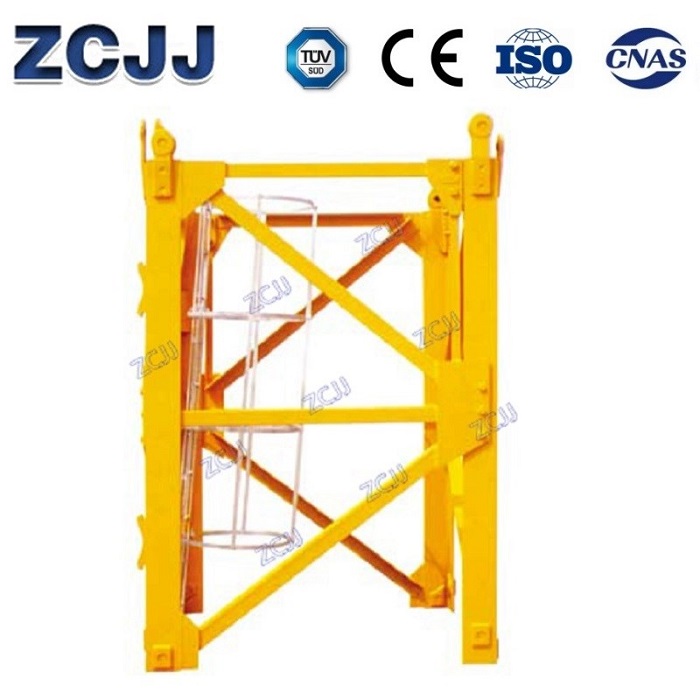
The hydraulic oil is the power transmission medium of the hydraulic jacking system, which is easy to oxidize and deteriorate after being affected by temperature, pressure and pollution. Once the hydraulic oil oxidizes and deteriorates, it not only reduces the compatibility between the seal and the oil, accelerates its aging, and loses its sealing performance; moreover, the oil film does not play a lubricating role after oxidization, making the metal surfaces of the relative moving parts contact each other, accelerating the metal surface of the parts Wear, the final internal leakage makes the working efficiency of the system decline, unable to reach the working pressure.
http://www.towercranesupply.com/product/l68a1-mast-section-for-tower-crane-masts
